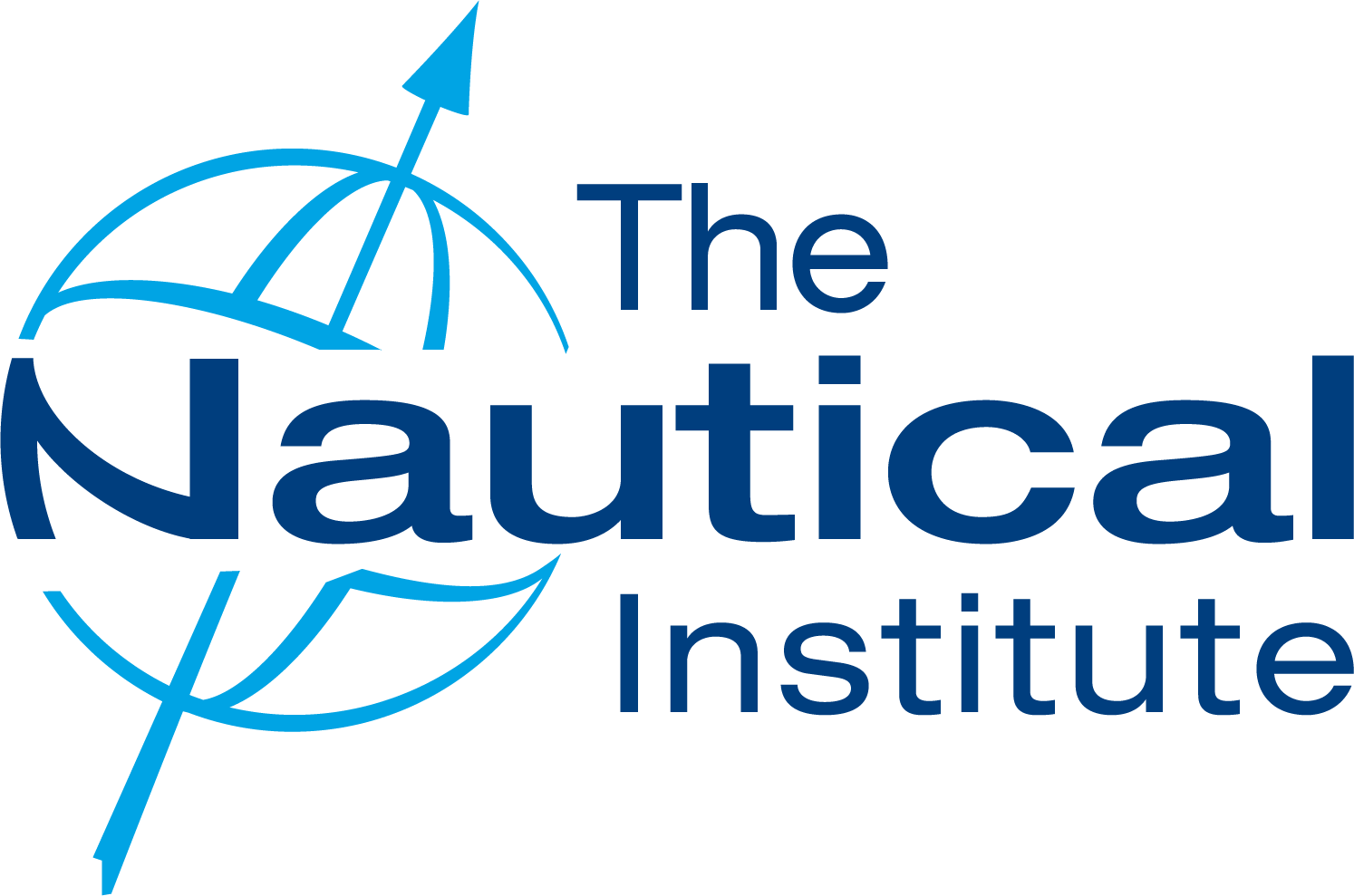Nav Brief - AtoN awareness
David Patraiko FNI - Director of Projects, The Nautical Institute
Finding and safely navigating a narrow channel in a wide expanse of water has always been a challenge for navigators and those ashore with an interest in safe navigation. For hundreds of years, authorities have marked safe water with buoys and beacons. Originally, these were to support commerce and improve safety, but they now also protect the environment.
Providing buoys and beacons may seem a simple task, but it is not. The structures need to be reliable, internationally recognisable and able to withstand some very harsh environments. The task of ensuring they are reliable and recognisable around the world has fallen into the capable hands of the International Association of Lighthouse Authorities (IALA). Mariners will be very familiar with the standard IALA buoyage systems, A&B (reduced from more than 40 different systems at one time).
Building lighthouses has always been one of the most advanced engineering challenges, and one which continues today. Authorities providing aids to navigation use the most modern technology to meet modern demands, including fast-flowing water, ice, far greater amounts of background light and heavier traffic. Some solutions include the use of LED lights, renewable energy, automation, connectivity and even the ability to provide a ‘virtual’ buoy via radio signals.
Navigators will increasingly see changes in the appearance and performance of physical aids to navigation. LED lights not only reduce power consumption, but improve visibility and appearance. Linked with a radio signal or GPS timing, pairs of buoys can blink together (synchronised), or a range of channel markers can flash in sequence, creating a ‘runway’ effect to improve the identification of a channel, particularly where there is considerable background light. Aids to navigation are also increasingly being fitted with sensors that can detect and transmit the flow rate of wind and water, greatly assisting decision-making for navigators who need to predict accurate set and drift.
Virtual aids to navigation are under development too, and are being used by a number of administrations around the world. The IMO has recently agreed their symbology and some guidance on their use. As navigators, you are likely to see a variety of them in your travels. They can mark temporary channels, be deployed rapidly to mark wrecks, are ideal for dynamic channels in ice and can even provide mariners with additional knowledge, e.g. reporting points.
They can be associated with physical aids to navigation (buoys and beacons) or used in isolation. However, not all onboard navigation systems are capable of displaying virtual aids to navigation and this, too, needs to be taken into account by providers.
Aids to navigation remain absolutely essential to the safety of navigation. This edition of The Navigator explores how our familiar buoys and beacons are being improved with technology, and will offer guidance on how to keep up with these changes in the future. Further information is available in The Nautical Institute book ‘The use of visual aids to navigation’.
